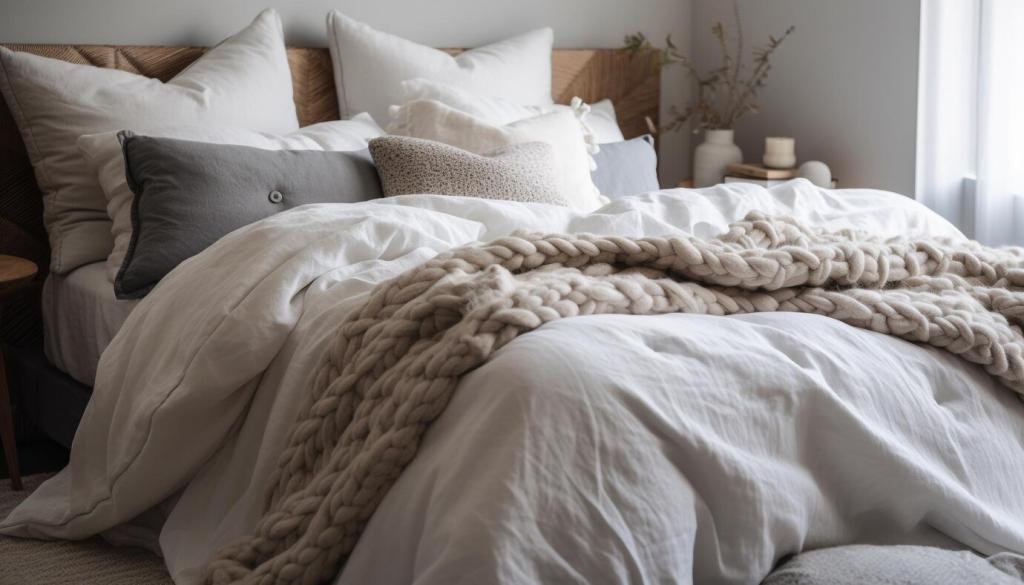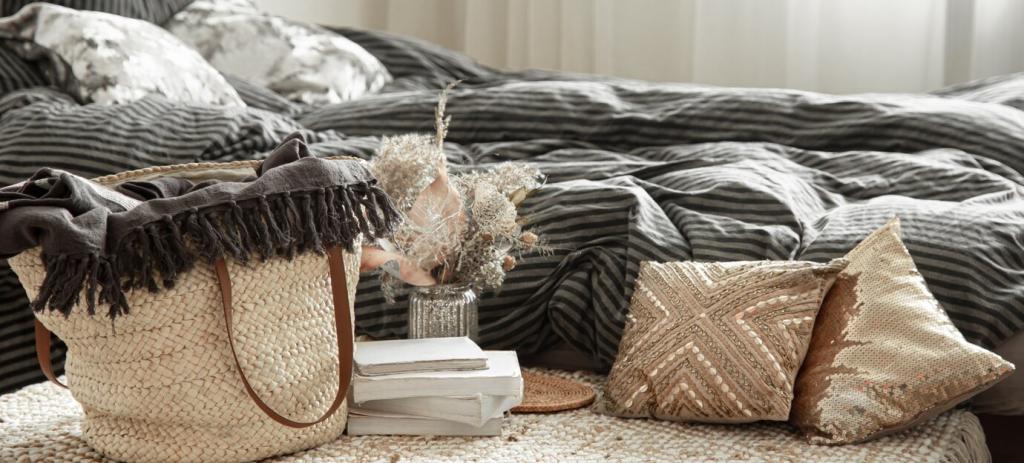Join the Composting Conversation
Municipal programs vary widely. Drop a comment with your city, and we’ll help identify curbside or community compost sites. We’ll also share home compost tips for cellulose films and paper after removing any non-compostable extras.
Join the Composting Conversation
Tried composting a cellulose sleeve? Tell us how long it took and what conditions you used. Photos and observations help refine materials and instructions, and we often feature community insights in our monthly newsletter.
Join the Composting Conversation
Join our list for packaging swap trials, care guides, and annual impact reports. You’ll get invitations to vote on materials, plus early access to limited prototypes that need real-world testing in different climates.






